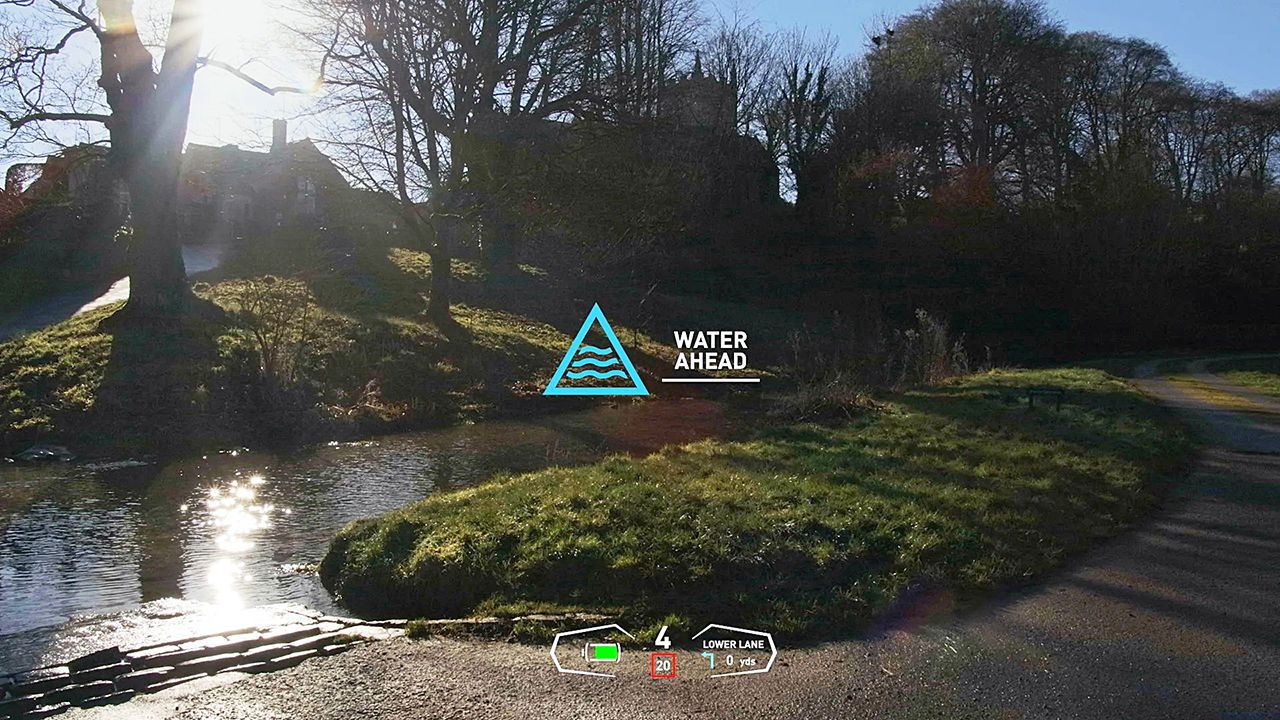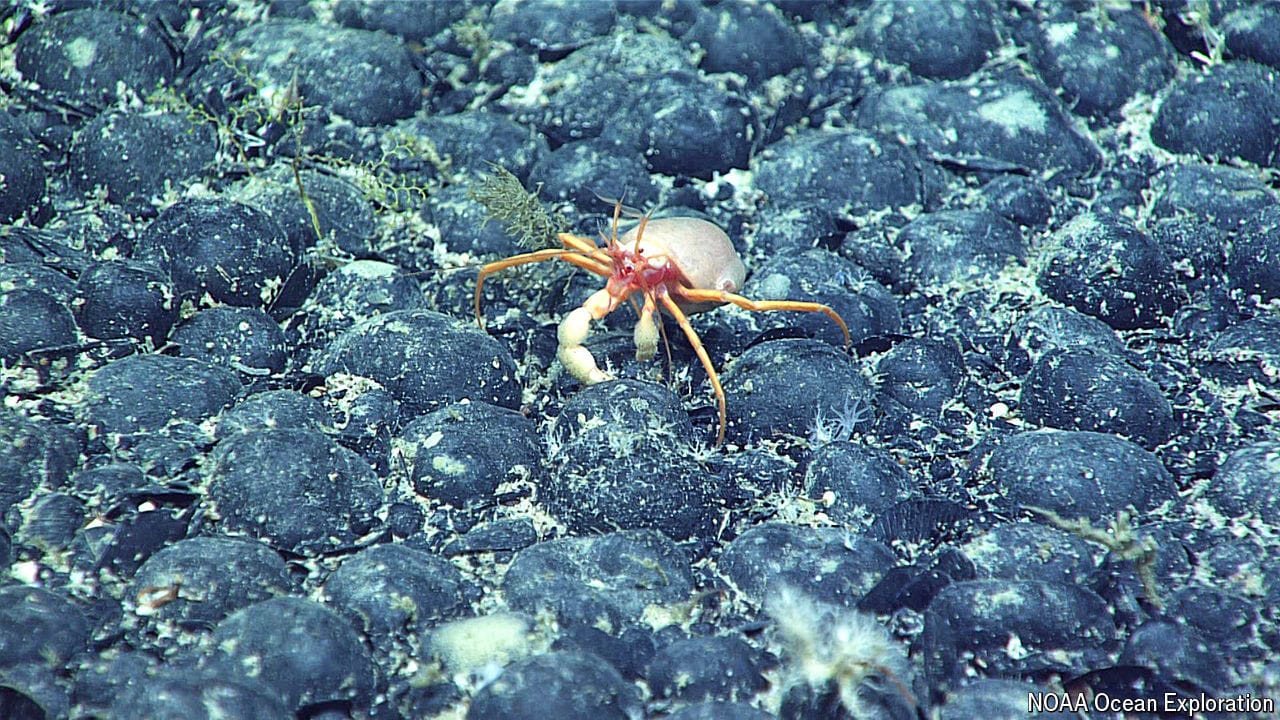Augmented reality offers a safer driving experience
Complete with holograms on the windscreen

While waiting for the traffic lights to change, your correspondent notices a pair of red warning squares appear on the windscreen. They follow a couple of pedestrians as they cross the road directly ahead. Another warning, this time farther in the distance, highlights a third person, harder to spot, stepping out from behind a line of waiting cars. On the move again, a road to the right is illuminated in blue to indicate the turn suggested by the satnav. A local landmark also gets a name tag attached as it passes by.
This realistic test is of a head-up display (HUD) produced by Envisics, a firm based in Milton Keynes, just north of London, and one of the leaders in “augmented-reality” displays for vehicles. These work a bit like the virtual-reality headsets worn by computer gamers, except they do not require the user to don any elaborate accessories. Though HUDs have been available in some cars since the late 1980s, producing two-dimensional images on the windscreen directly in the line-of-sight of the driver, this version has far greater clarity because it is holographic. In other words, it produces three-dimensional images with height, width and depth that appear to be part of the view of the road ahead.
This article appeared in the Science & technology section of the print edition under the headline “My other car is a hologram”
More from Science and technology

How Ukraine’s new tech foils Russian aerial attacks
It is pioneering acoustic detection, with surprising success

The deep sea is home to “dark oxygen”
Nodules on the seabed, rather than photosynthesis, are the source of the gas

Clues to a possible cure for AIDS
Doctors, scientists and activists meet to discuss how to pummel HIV
AI can predict tipping points before they happen
Potential applications span from economics to epidemiology
Astronomers have found a cave on the moon
Such structures could serve as habitats for future astronauts
H5N1 avian flu could cause a human pandemic
Existing immunity and vaccines may soften its severity
